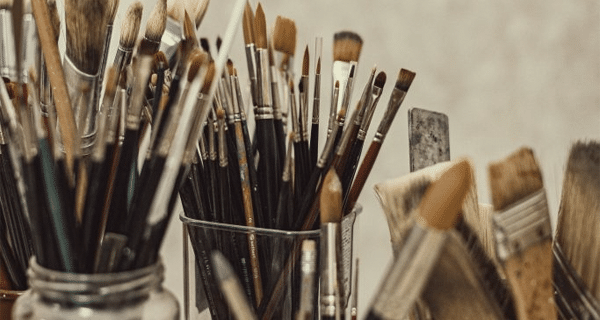
Credit: Martin De Arriba (Unsplash)
I Like Your Style: The Blurred Lines Between Artistic Expression and Copyright Law
As copyright lawyers, often we get asked whether artists can stop someone else from copying their style.
To that I say: Let’s get one thing out of the way first – all artists are unique in their own right and often an artists’ style defines their art – whether they are painters, sculptors or writers and so on.
Each individuals’ creative techniques can produce original results, making their work stand out.
But when it comes to copyright and intellectual property rights, an issue that lawyers often have to advise on is where do the lines blur between an artist’s idea and their expression of that idea? And can style be protected under the law of intellectual property in Australia?
In short, the answer is no.
How does copyright protection work?
Artistic works such as paintings and sculptures are automatically protected under the category of intellectual property upon its creation so long as it is original and in material form. However, copyright law does not protect ideas or thoughts about creating art, nor can it protect style, techniques, or creative concepts that are merely discussed and thrown around as ideas. There are exceptions such as if the ideas have been recorded in drawn sketches, written outlines, digital documents, or other physical records or in the case of written works, even sound recordings.
However, if someone else’s art looks too similar to yours, the legal question that lawyers need to consider is whether that other person has copied your work or the style of your work or ideas behind it. This can be a hard line to draw and involves a judgement called based on the cases, which are often very instructive. Sometimes, even judges are sometimes challenged by this area and decisions can and sometimes are appealed.
What if copyright law is not available?
If it turns out that you cannot rely on copyright law, then you may be able to take legal action under the common law tort of passing off law or consumer protection legislation called Australian Consumer Law.

Credit: Peter F (Unsplash)
Passing off in short protects art from passed off as a product created by or associated with a source other than the actual creator. In some cases, this may apply to art style, where if an artist’s unique style is imitated, and others perceive it to be associated with the original creator. Whether the case is strong enough for legal action to be taken will be determined in a case by case basis.
If your art has been somehow misrepresented, you may also be protected under Australian Consumer Law.
Although art styles in their own right cannot be trademarked or patented, there are other ways to protect your art and deter copying.
For example, applying a copyright notice to your work can help discourage reproduction. There is no registration system for registering copyright in Australia. You can also do practical tips like putting a watermark on the art if you are posting it online.
Please note the above article is general in nature and does not constitute legal advice.
Please email us info@iplegal.com.au if you need legal advice about your brand or another legal matter in this area generally.


